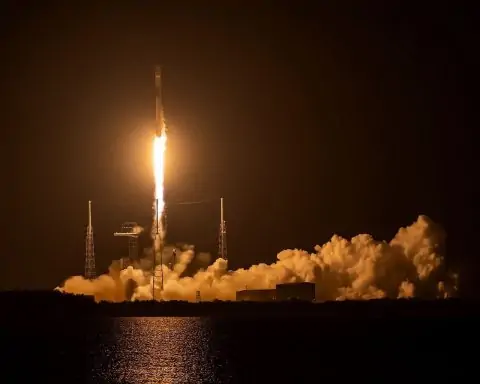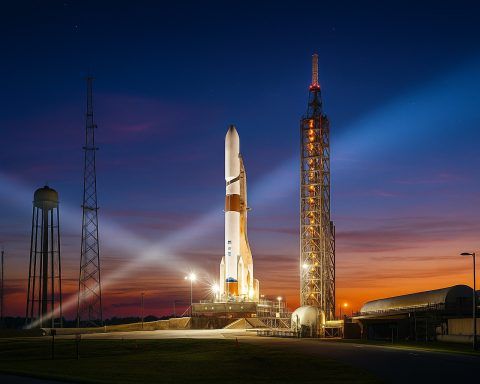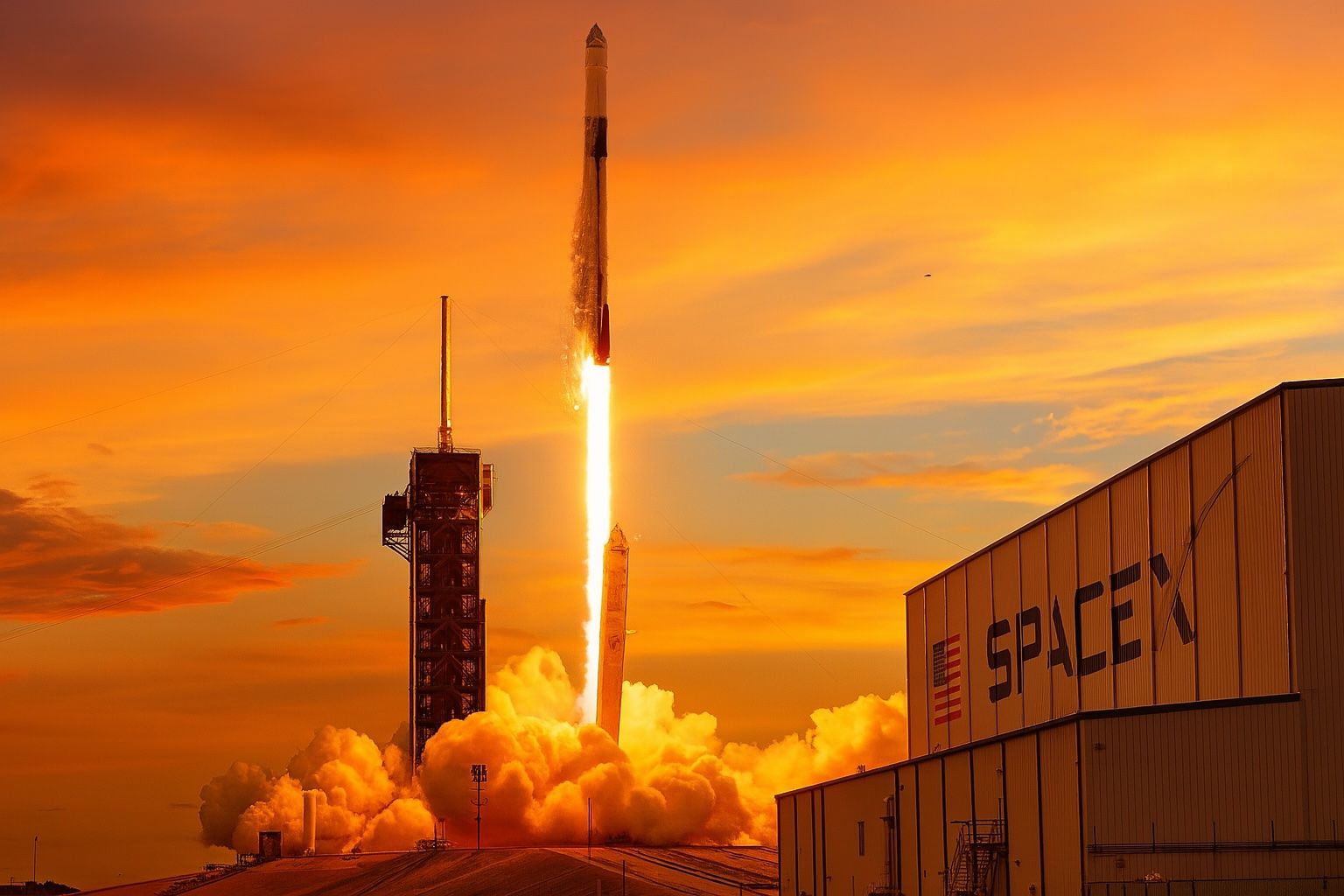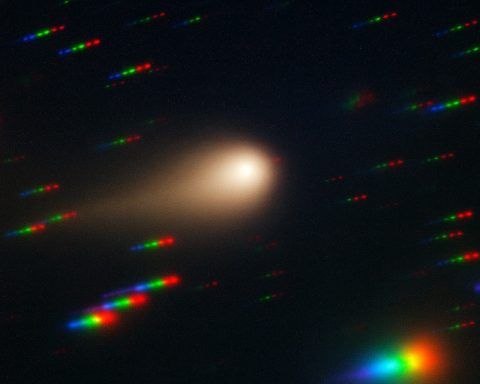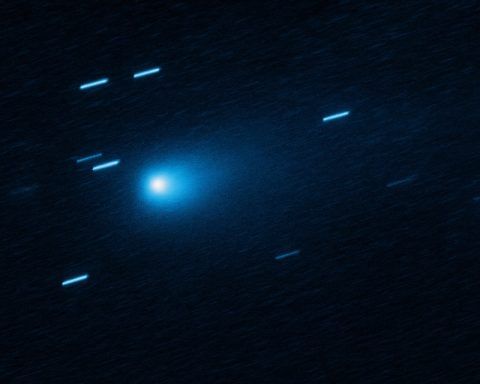
Starlink India Price Leak and Launch Status: Website Glitch, Govt Approvals and What to Expect Next
New Delhi | December 9, 2025 For a few hours this week, it looked like India finally had official Starlink India prices and an imminent launch. The Starlink India website briefly showed detailed tariffs, hardware costs and even a 30‑day free trial


